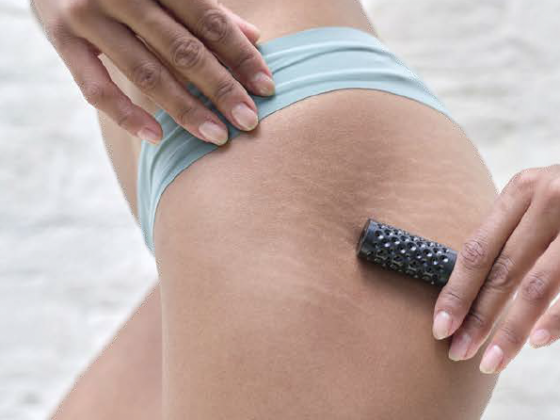By Doctor Gilles Korb
It was one of the pioneering procedures in cosmetic surgery, but does the face lift still have a place in today’s aesthetics industry? The reason for this seemingly incongruous question is that so many alternative aesthetic medicine procedures that tighten up the skin are now available. However, in many cases, a lift is the only solution able to effectively combat the signs of aging in the face and neck.
 The aim of a lift is to tighten up tissues that have sagged over time. A youthful face is generally an upside-down triangle shape. Over time, the face starts to sag and the triangle is inversed as the lower face widens out. Gravity is not the only thing to blame: the shape of the face, how the tissues grip on to the facial skeleton, external factors (smoking, sun exposure, illness, etc.) and hereditary factors also have a role to play. Look at your parents and you’ll get an idea of how you are going to age!
The aim of a lift is to tighten up tissues that have sagged over time. A youthful face is generally an upside-down triangle shape. Over time, the face starts to sag and the triangle is inversed as the lower face widens out. Gravity is not the only thing to blame: the shape of the face, how the tissues grip on to the facial skeleton, external factors (smoking, sun exposure, illness, etc.) and hereditary factors also have a role to play. Look at your parents and you’ll get an idea of how you are going to age!
Lifting techniques have evolved greatly since they were first performed in the 1920s in the United States. However, the theory remains the same. The procedure is carried out under general anaesthetic, and in very rare cases under a deep local anaesthetic, with an incision made in front of the ear and running upwards and back into the scalp. To optimise the results and make them last longer, surgeons are no longer happy just pulling the skin tight; they also lift the underlying muscles to enhance the tightening effect. A short, 24-hour stay in hospital is required, with bandages worn for a few days and stitches removed after 15 days. Two weeks’ social and professional downtime is also required.
Despite the technical progress made, there is still a growing reticence among patients to undergo such an operation, with many preferring to have aesthetic medicine procedures instead. Whereas before there was no alternative to surgery, nowadays this is not the case. A fear of having an anaesthetic, the serious risks involved in surgery (namely facial paralysis, which is thankfully rare) and the idea of having to hide away for a certain time post-procedure are the most common reasons for not wanting to have a surgical lift. Patients are now better informed and tend to seek out gentler procedures: focused ultrasound, radiofrequency, tensor threads, and deoxycholic acid for a double chin, to name but a few. But all of these procedures have their limitations.
 A lift is the only truly effective treatment for when the face or neck has sagged significantly (pronounced jowls with a clear break in the oval of the face, deep nasolabial folds, distended cheeks with a wrinkled or withered appearance, sagging cheekbones, or when excess skin starts to appear in the middle of the neck, also known as a “turkey neck”). In all of these cases, surgery is the only solution, and the results last between 5 and 10 years: far longer than medical procedures. Lifts can be carried out on the face, neck or both, depending on the patient’s requirements. They can also be combined with liposuction to treat a double chin. The indications for a forehead lift are more restricted, as this is a more complex procedure.
A lift is the only truly effective treatment for when the face or neck has sagged significantly (pronounced jowls with a clear break in the oval of the face, deep nasolabial folds, distended cheeks with a wrinkled or withered appearance, sagging cheekbones, or when excess skin starts to appear in the middle of the neck, also known as a “turkey neck”). In all of these cases, surgery is the only solution, and the results last between 5 and 10 years: far longer than medical procedures. Lifts can be carried out on the face, neck or both, depending on the patient’s requirements. They can also be combined with liposuction to treat a double chin. The indications for a forehead lift are more restricted, as this is a more complex procedure.
Nowadays there is a real demand for lighter lifts, around age forty, when the first signs of aging begin to appear and the face has started to lose its youthful harmony but the skin has not noticeably started to sag. In this case, a more limited procedure with fewer side-effects is recommended.
Lifts have been brought up to date and are still the recommended treatment for certain indications, an important weapon in the arsenal of anti-aging treatments that is currently available.
 By Doctor Gilles Korb
By Doctor Gilles Korb
Surgeon of the face and neck, member of the French Society of Plastic and Cosmetic Surgery of the Face and Neck, member of the World Society of Anti-Aging Medicine (WOSAAM).












